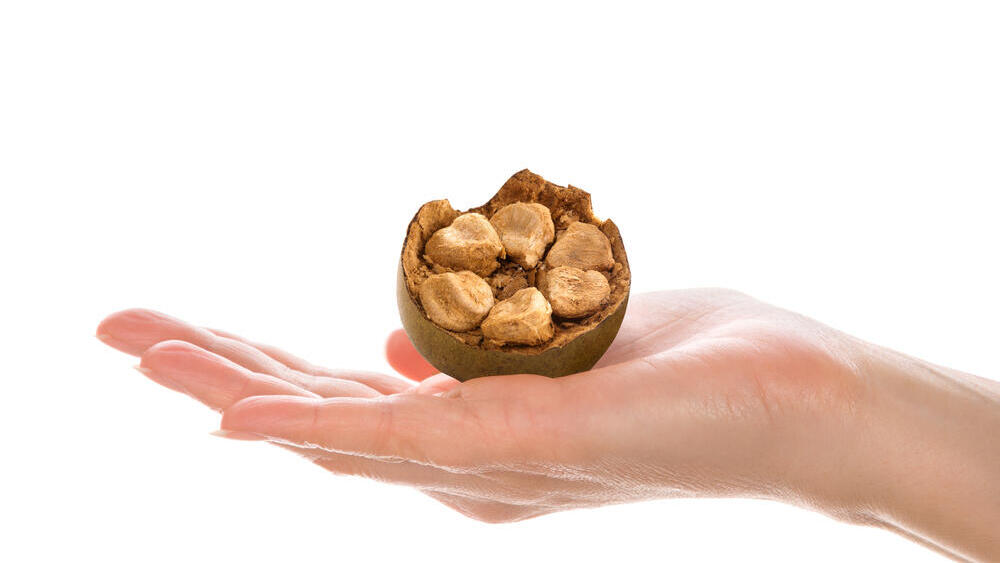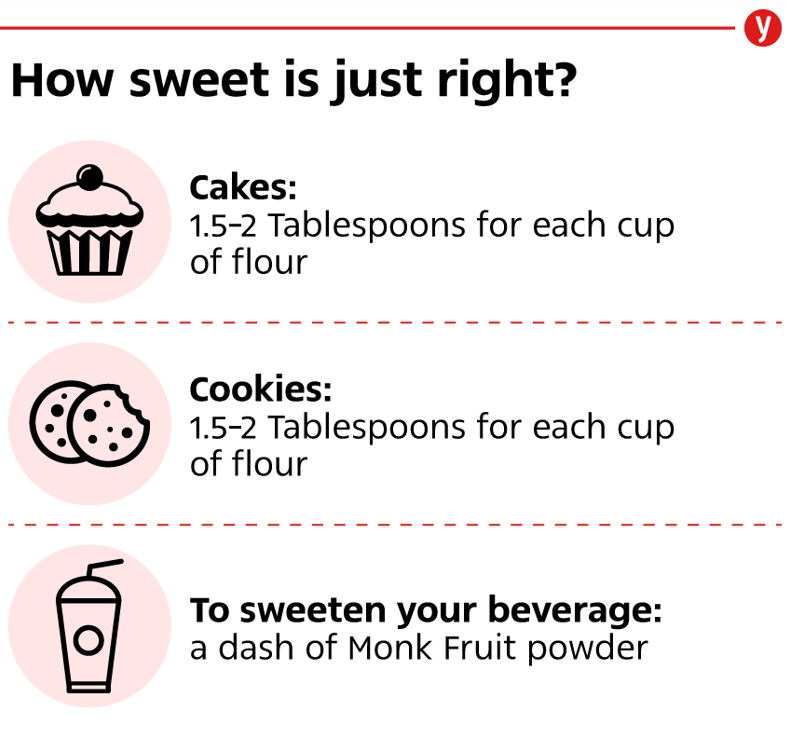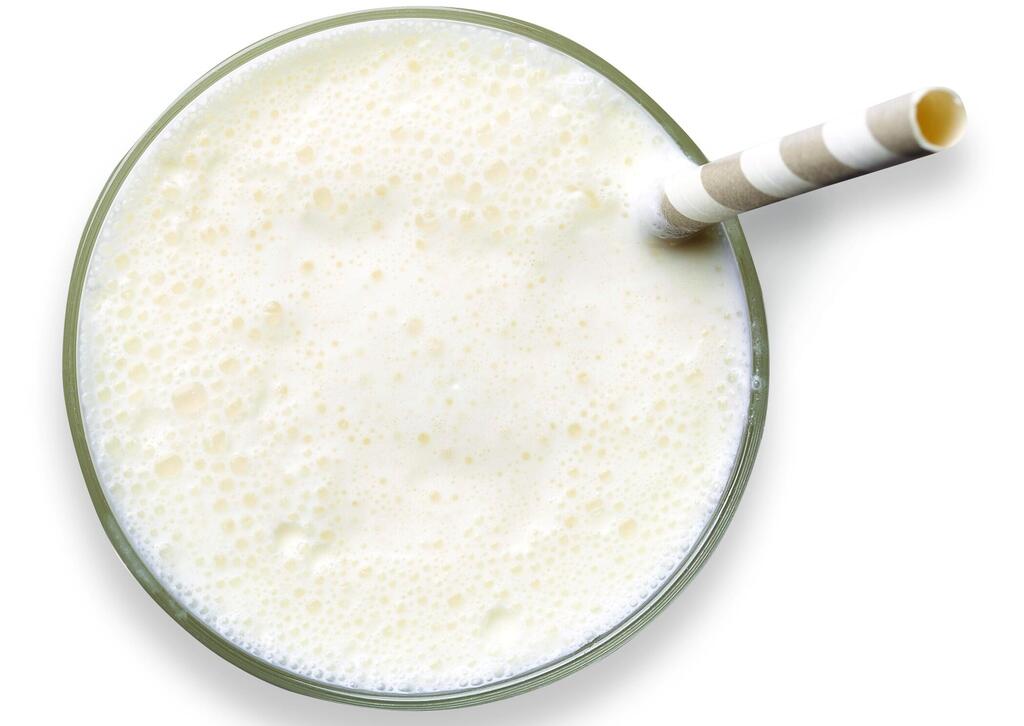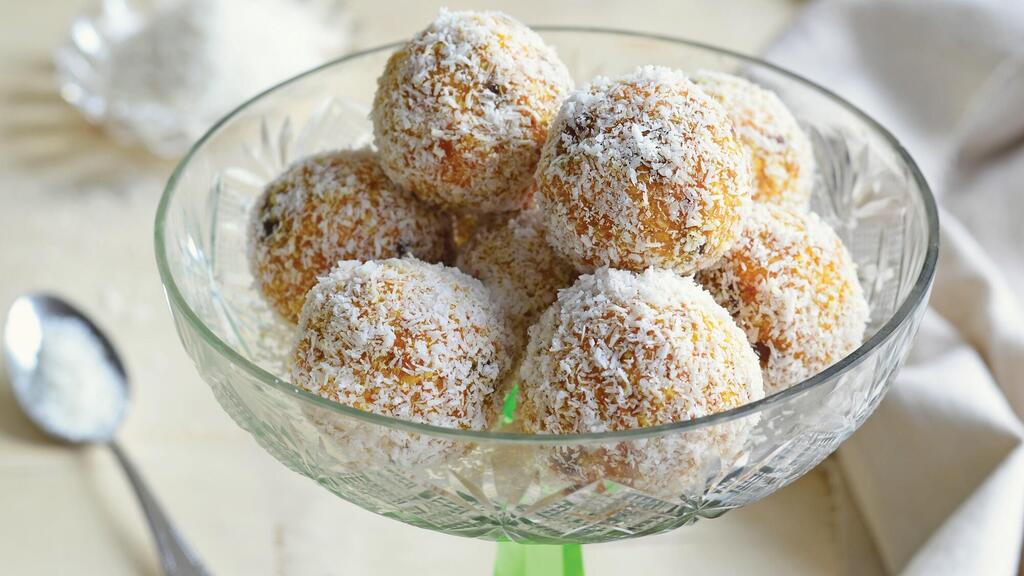Monk fruit, also known as lo han guo or swingle fruit, is a small round fruit native to southern China. It has been used in traditional Chinese medicine to make tea for soothing a sore throat and reducing phlegm. This medicinal fruit was so sweet that it later became a sugar substitute.
Read more:
The monk fruit is named after the Chinese monks who cultivated it, and while the fruit itself contains natural sugar, its sweet taste comes from its high levels of unique antioxidants called mogrosides. resulting in monk fruit powder not containing any sugars at all.
The FDA approved monk fruit as the safest sweetener available, and it is allowed for consumption by everyone, including pregnant women and children. It has numerous benefits - it is completely natural, calorie-free has a neutral taste, and is suitable for sweetening, cooking, and baking. In addition to its culinary advantages, it also has health benefits. Here are seven sweet reasons why monk fruit is better than other sweeteners:
- Slows down aging: Research published in the journal Food Science Nutrition in 2007 found that mogrosides inhibit the activity of free radicals, which are molecules that can damage cells and even affect our DNA.
- Beneficial for diabetics: The antioxidants in monk fruit contribute to lowering blood glucose levels and balancing insulin levels secreted by the pancreas. Thus, diabetes patients can enjoy all its health benefits without increasing blood sugar levels, as they do not contain carbohydrates and calories. These findings were proven in studies published in the Molecular Nutrition & Food Research journal in 2006 and the Brazilian Journal of Medical and Biological Research in 2013.
- Anti-inflammatory properties: Mogrosides have also been found to possess anti-inflammatory properties, making them beneficial for those suffering from joint inflammations, intestinal inflammation, throat inflammations, and other inflammatory processes. As a bonus, consuming a beverage sweetened with monk fruit can also help reduce phlegm and alleviate throat pain.
- Heart-healthy: The antioxidants in monk fruit prevent cholesterol oxidation and increase the levels of good cholesterol (HDL), thus aiding in the prevention of heart attacks, as suggested by a study published in the Food & Function journal in 2019. Another study published in the Iranian Journal of Basic Medical Sciences in 2023 found that these antioxidants have the potential to contribute to the prevention of heart failure.
- Allergy relief: The mogrosides present in monk fruit have been found to inhibit the production of histamines, which are substances released during allergic reactions and cause unpleasant allergy symptoms.
- Boosts the immune system: The antioxidants in monk fruit also exhibit antibacterial properties, and they balance the gut flora, which contributes to a strong immune system. The antioxidants also possess anti-inflammatory properties, which are beneficial for preventing diseases related to the immune system.
- Anti-cancer properties: As mentioned, mogrosides combat free radicals that can cause cancerous mutations. This was reported in studies published in the Cancer Letters journal in 2003 and the Letters in Drug Design & Discovery journal in 2006.
Did you know? Monk fruit is 100-250 times sweeter than sugar! Its sweetness is derived from the concentrated powder extracted from its dried fruit.
The monastic traits don't have to accompany you into the kitchen: sweeten, cook, and bake with monk fruit
Monk fruit powder is sold as a powder in most organic food stores, and it is recommended to use it in its pure form without mixing it with other sweeteners. After you've brought home some monk fruit powder, here are 2 sweet summer recipes for you to try:
Creamy vanilla shake
What you'll need (for 2 servings):
- 1 cup plant-based milk (cashew/almond/oat/coconut)
- 1/4 cup melted cocoa butter
- 2 teaspoons chia seeds
- 1/3 teaspoon vanilla bean seeds (from natural paste or vanilla stick)
- 1/4 teaspoon monk fruit powder
- 1 teaspoon maca or lucuma powder
- 1 generous tablespoon cashew or almond butter
- 1/2 cup ice cubes
What to do: Blend all the ingredients thoroughly in a blender until smooth, pour into a glass, and enjoy.
Indulgent halva truffles
What you'll need (for 10 truffles):
- 1/2 cup coconut flour or green banana flour
- 1/3 teaspoon monk fruit powder
- Pinch of salt
- 1/2 cup raw tahini (preferably whole sesame)
- 2 tablespoons melted coconut oil
- 1 tablespoon quality honey or natural maple syrup
- Coating options: Coconut flakes/coconut flour/roasted sesame seeds
What to do:
- Mix the coconut flour (or green banana flour), monk fruit powder and salt in a bowl.
- Add tahini, coconut oil, and honey (or maple syrup) to the bowl and mix into a smooth mixture. If the mixture is too sticky, add a little flour, and if it is too dry, add a little coconut oil.
- Transfer the mixture to the refrigerator to harden for 15 minutes.
- Shape the mixture into balls the size of a walnut and coat them with your preferred coating. Store in the refrigerator for up to a week or freeze for up to a month.
The author is a certified naturopath, manages the center for natural health, and is the author of the book "Its Tasty to Eat Healthy."





